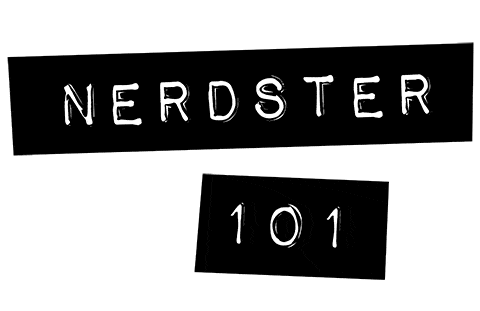“There is no happiness where there is no wisdom; No wisdom but in submission to the gods.”
– Sophocles, Antigone
Introduction
Dive into the heart of Sophocles’ tragic masterpiece, Antigone, with this concise summary. Exploring key themes, characters, and poignant moments, we’ll dissect this timeless piece and its enduring relevance, blending ancient Greek drama with contemporary considerations. Strap in for a journey back to Thebes and a close encounter with stubborn kings, defiant heroines, and divine dilemmas.
Book Information
Title: Antigone
Author: Sophocles
Genre: Tragedy
Publication Year: 441 BC
Brief Overview
Antigone, a tragedy by Sophocles, unfolds the conflict between divine law and human law, through the defiance of King Creon’s edict by his niece Antigone.
Background
Author’s Background
Sophocles (497/6 BC-406/5 BC), a Greek tragedian, authored 123 plays, best known for his Theban plays: “Antigone,” “Oedipus Rex,” and “Oedipus at Colonus.”
Publication Context
Antigone was probably first performed in 441 BC at the Dionysia festival in Athens. It is the third of the Theban plays chronologically but was the first written by Sophocles.
Character Summary
Main Characters
- Antigone – The protagonist, who defies King Creon’s law to honor her brother with a proper burial.
- Creon – The King of Thebes, whose edict forbidding the burial of Polynices triggers the tragedy.
- Ismene – Antigone’s sister, who refuses to help bury Polynices but later wants to share Antigone’s punishment.
Character Development
Antigone starts as a determined figure, showing unwavering faith in divine law, and remains so till her tragic end. Creon, initially stern and stubborn, undergoes a transformation realizing his hubris and mistakes.
Plot Summary
Overview
Antigone defies Creon’s law to bury her brother Polynices. Caught, she is sentenced to death, resulting in a series of tragic events including her own death, and those of Creon’s son Haemon and wife Eurydice.
Setting
The story takes place in the city-state of Thebes, ancient Greece.
Themes and Motifs
Key Themes
- Conflict between divine law and human law
- Pride and its destructive consequences
- Duty towards family vs. duty towards the state
Motifs and Symbols
Death, represented by the unburied Polynices and Antigone’s live burial, is a recurring symbol pointing towards the tragedy that is imminent.
Takeaway Morals
Morals
Antigone’s tragic end emphasizes the perils of pride, stubbornness, and disrespect for divine laws.
Application
The themes hold relevance in contemporary debates around individual rights, civil disobedience, and governmental authority.
Analysis
Literary Devices
Sophocles effectively uses dramatic irony and foreshadowing to amplify the tragic effect.
Style and Tone
The tone is predominantly solemn and the style is grandiose, typical of ancient Greek tragedies.
Critical Reception
Initial Reception
Although the exact initial reception isn’t recorded, Sophocles’ work was highly esteemed in his time.
Current Standing
Today, Antigone is considered a seminal work in literature, studied for its complex characters, moral conflicts, and dramatic techniques.
Personal Response
Personal Opinion
Boy, did Sophocles know how to spin a yarn! The characters felt so real I half-expected Antigone to slide into my DMs to vent about her uncle. Yes, it’s tragic, but hey, Greek drama wasn’t known for happy endings.
Recommendation
If you enjoy tragedies that make you question societal norms, and you don’t mind shedding a few tears, Antigone’s your gal!
About the Author
Biography
Sophocles (c. 497/6-406/5 BC) was a respected figure in Athenian society besides being one of the greatest playwrights in ancient Greece.
Literary Career
Among his notable works are the Theban plays and Ajax. He significantly contributed to the development of drama, adding a third actor to the theatrical performance.
Book Details
Publication Details
Originally published: 441 BC; Publisher: Ancient Athens (presumed); Edition: First
Structural Details
Antigone, like most Greek dramas, doesn’t have a conventional structure of chapters. It’s written as a continuous play with different scenes.
Conclusion
Summary
This summary discussed the timeless themes, complex characters, and the dramatic plot of Antigone. We explored how Sophocles’ work resonates with contemporary dilemmas and remains a beloved tragedy.
Final Thoughts
Antigone is a masterclass in Greek tragedy, its poignant exploration of duty, pride, and divine law making it a must-read for lovers of classical literature.
-
Père Goriot, by Honoré de Balzac – Quick Book Summary
-
The Wind-Up Bird Chronicle, by Haruki Murakami – Quick Book Summary
-
The Sorrows of Young Werther”, by Johann Wolfgang von Goethe – Quick Book Summary
-
A Room of One’s Own, by Virginia Woolf – Quick Book Summary
